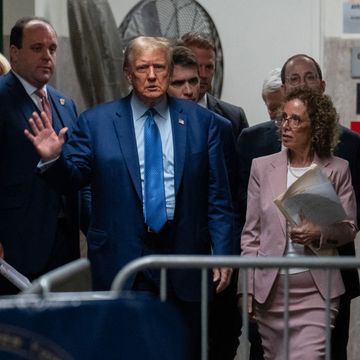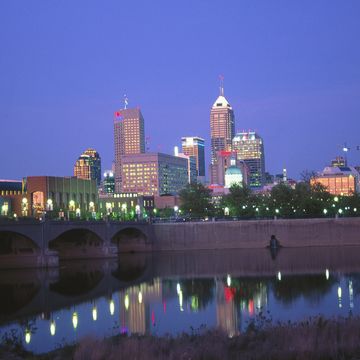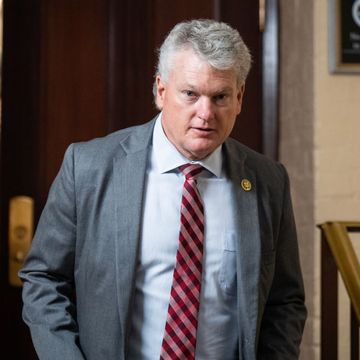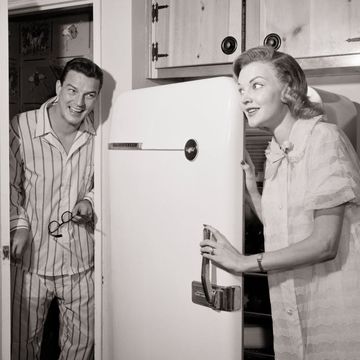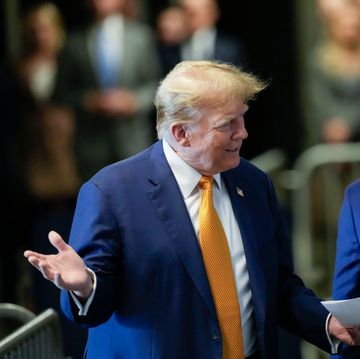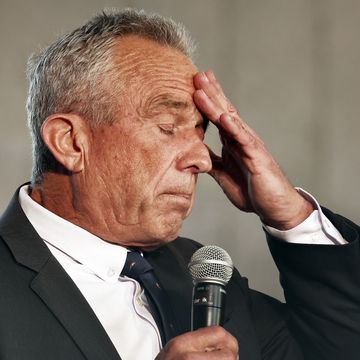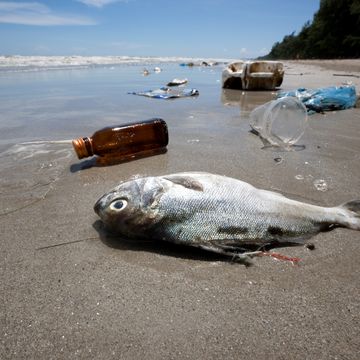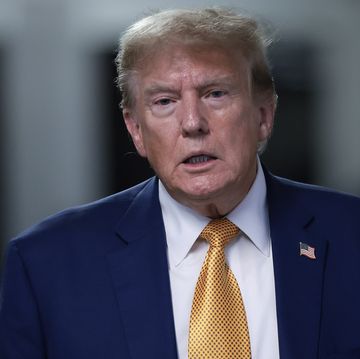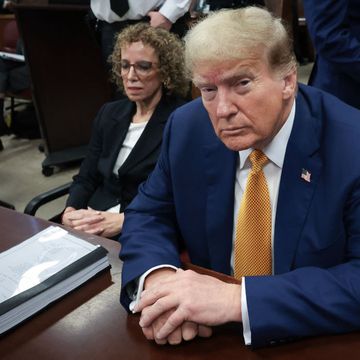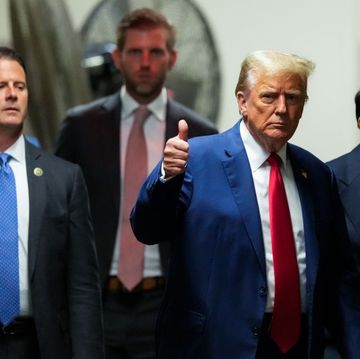Is there anything those clever Chinese hoaxers forgot to include in this great climate riff they’re playing on the rest of the world? In Nature this week, we discover that those scamps even found a role for bats to play in their extravagant prank. From the AP, via the Daily Herald:
Researchers, who published their findings Thursday in the journal Nature, used a model to examine how over 3,000 mammal species might migrate and and share viruses over the next 50 years if the world warms by 2 degrees Celsius (3.6 degrees Fahrenheit), which recent research shows is possible. They found that cross-species virus spread will happen over 4,000 times among mammals alone. Birds and marine animals weren't included in the study. Researchers said not all viruses will spread to humans or become pandemics the scale of the coronavirus but the number of cross-species viruses increases the risk of spread to humans.
Yes, most of us will be dead of other things in 2070, but we will go to our eternal rewards safe in the knowledge that future generations will spit at the mention of our names.
Previous research has looked at how deforestation and extinction and wildlife trade lead to animal-human disease spread, but there's less research about how climate change could influence this type of disease transmission, the researchers said at a media briefing Wednesday. “We don't talk about climate a lot in the context of zoonoses" - diseases that can spread from animals to people, said study co-author Colin Carlson, an assistant professor of biology at Georgetown University. “Our study ... brings together the two most pressing global crises we have.”
The poorer nations of the global south are going to bear the brunt of these developments. The chain of events is a simple one. The climate crisis changes the habitats of certain animals, who then move to more congenial areas, bringing their viruses with them. As the report’s abstract explains:
At least 10,000 virus species have the capacity to infect humans, but at present, the vast majority are circulating silently in wild mammals. However, climate and land use change will produce novel opportunities for viral sharing among previously geographically-isolated species of wildlife. In some cases, this will facilitate zoonotic spillover—a mechanistic link between global environmental change and disease emergence.
We predict that species will aggregate in new combinations at high elevations, in biodiversity hotspots, and in areas of high human population density in Asia and Africa, driving the novel cross-species transmission of their viruses an estimated 4,000 times. Because of their unique dispersal capacity, bats account for the majority of novel viral sharing, and are likely to share viruses along evolutionary pathways that will facilitate future emergence in humans. Surprisingly, we find that this ecological transition may already be underway, and holding warming under 2 °C within the century will not reduce future viral sharing.
So few places will escape untouched, and it may already be too late to avoid this development fully.
Study co-author Gregory Albery, a disease ecologist at Georgetown University, said that because climate-driven infectious disease emergence is likely already happening, the world should be doing more to learn about and prepare for it.
“It is not preventable, even in the best case climate change scenarios,” Albery said.
One of the most dangerous, and most frustrating, elements of our inability to respond to the climate crisis is our deliberate attempt to obscure the obvious fact that all the consequences of the crisis are connected to each other through the overall crisis. Think of all the cheap political points scored by denialists who scoff at the “church of climate change” and by people who jive around about how “some people blame everything on the climate crisis.” Everything actually is involved in the existential threat. Everyone is, too.

Charles P Pierce is the author of four books, most recently Idiot America, and has been a working journalist since 1976. He lives near Boston and has three children.


